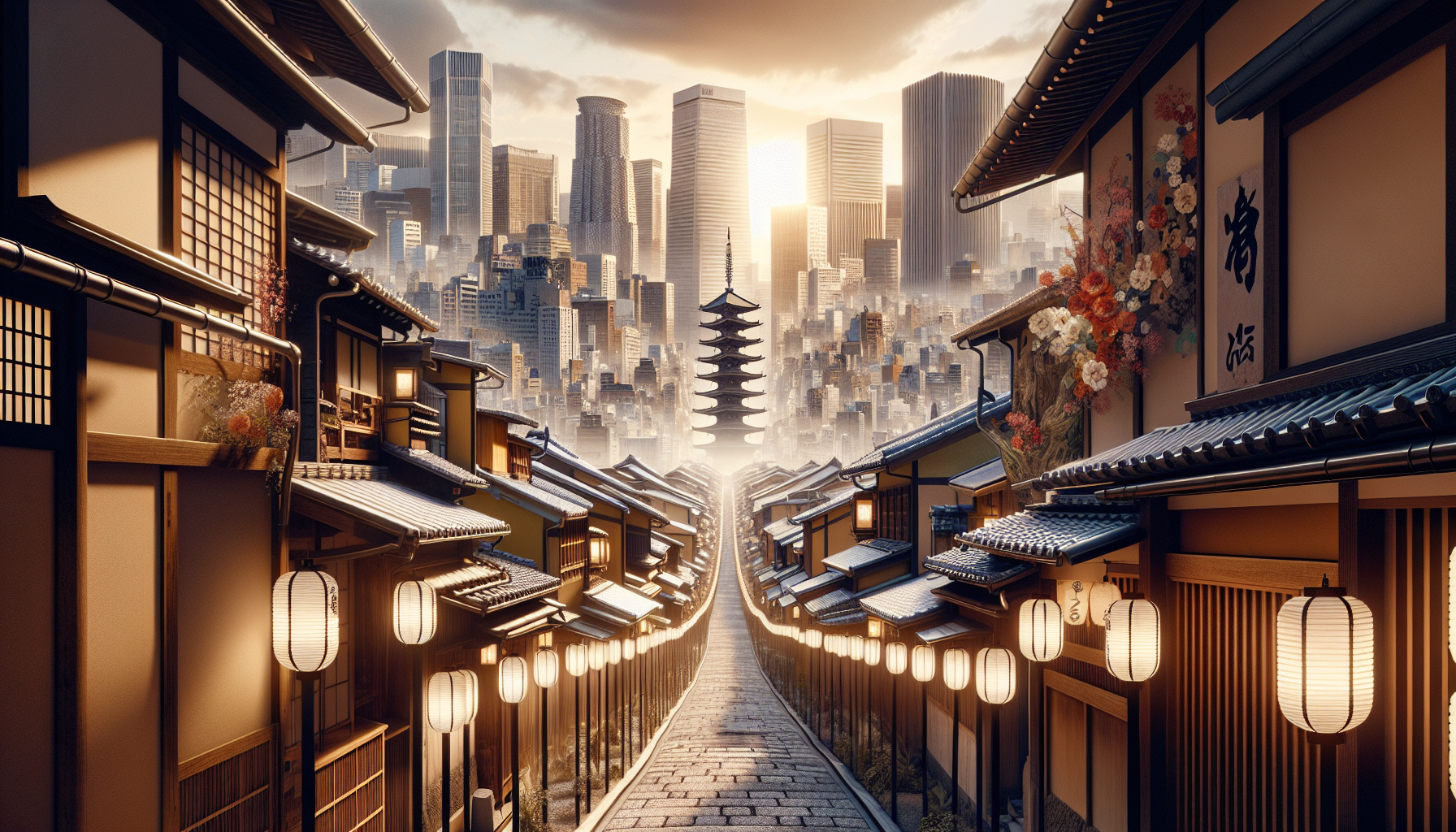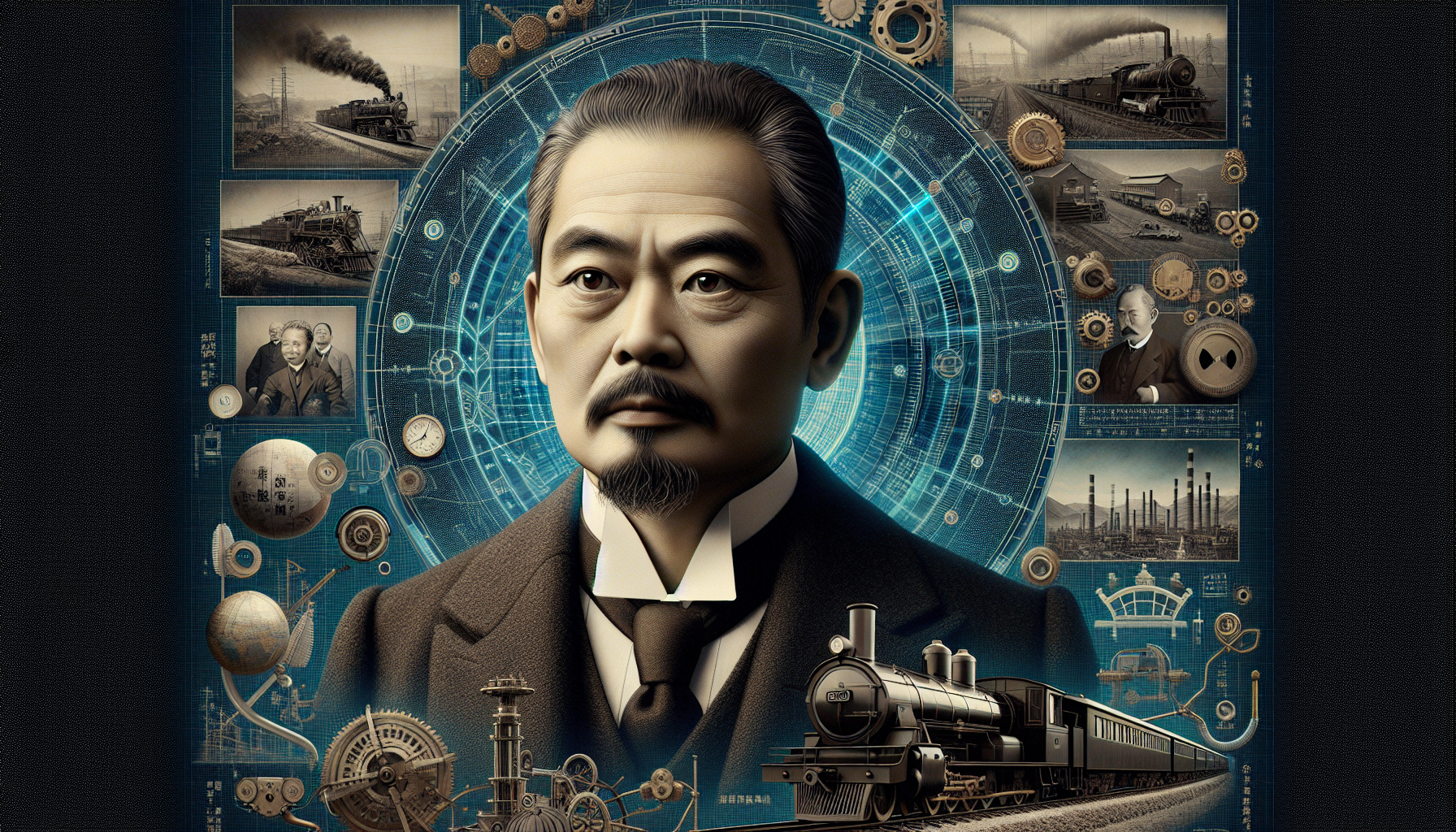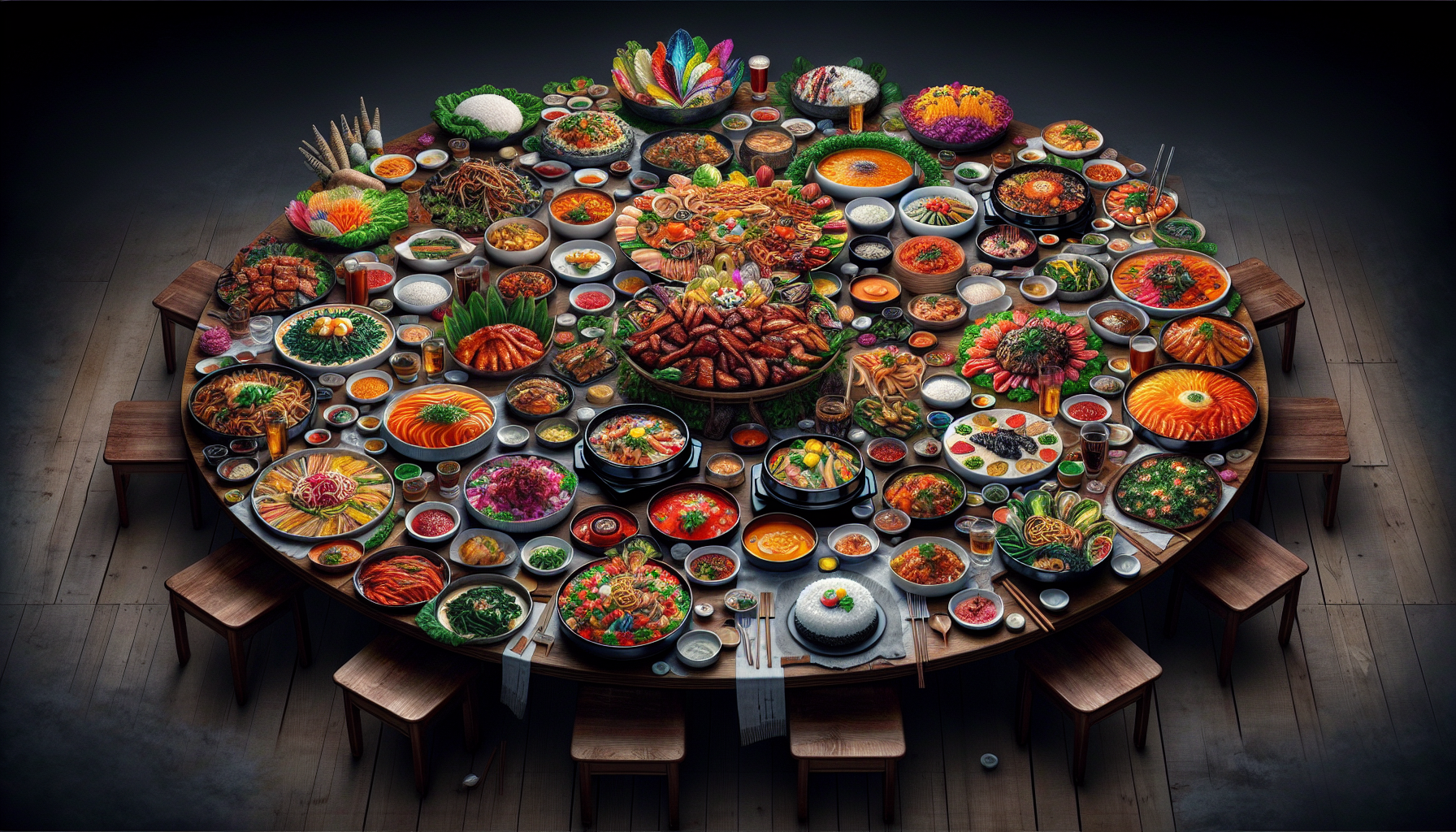Advertisements
Traveling to Japan means immersing yourself in a rich, ancient culture, where historic cities stand out for their beauty and history. From Kyoto to Tokyo, each location has buildings that tell the story of the country’s cultural and architectural evolution over the centuries. In this article, we’ll explore the fascinating journey of Japan’s historic cities, highlighting the most important tourist attractions and the aspects that make each one unique.
In Kyoto, the ancient capital of Japan, you can feel the country's traditional atmosphere on every corner. Centuries-old temples, meticulously maintained gardens and traditional tea houses make up the landscape of this city that has preserved Japanese culture in an impressive way. In Tokyo, the modern and vibrant capital of Japan, contemporary architecture blends with historic temples and shrines, creating a unique and fascinating atmosphere.
In addition to Kyoto and Tokyo, other historic cities in Japan are also worth mentioning. Nara, with its temples and parks filled with sacred deer, and Kamakura, with its Great Buddha and historic shrines, are just a few examples of the country's rich cultural and architectural heritage. Each city tells a part of Japan's history, from ancient times to the present day.
Advertisements
When exploring Japan’s historic cities, you can take a true journey back in time, experiencing the cultural and architectural evolution that makes this country so special. From Kyoto to Tokyo, each stop reveals a new chapter in this fascinating journey, inviting travelers to be enchanted by the richness and beauty that only Japan can offer. Come with us to discover the wonders of Japan’s historic cities and let yourself be carried away by this unique and unforgettable experience.
Discover the fascinating journey of Japan's historic cities: from Kyoto to Tokyo, a dive into cultural and architectural evolution
The timeless beauty of Kyoto
Kyoto, the ancient capital of Japan, is a city steeped in history and tradition. With its ancient temples and shrines, such as the famous Kinkaku-ji (Golden Pavilion) and Fushimi Inari-taisha, Kyoto enchants visitors from all over the world. The narrow streets of the Gion district, known for its geisha, transport travelers to a bygone era where traditional culture and art are lovingly preserved.
- Kinkaku-ji Temple
- Fushimi Inari-taisha Shrine
- Gion District
Tokyo's Modern Contrast
Tokyo, Japan’s vibrant capital, embodies modernity and innovation. Towering skyscrapers like the Tokyo Skytree and Tokyo Tower dominate the skyline, while neighborhoods like Shibuya and Shinjuku pulsate with an infectious energy. Futuristic architecture blends with ancient temples like Senso-ji in Asakusa to create a unique and fascinating setting.
- Tokyo Skytree
- Tokyo Tower
- Shibuya District
The journey between the traditional and the contemporary
A trip from Kyoto to Tokyo is much more than just a change of scenery. It is an experience that allows us to witness the cultural and architectural evolution of Japan over the centuries. From imperial palaces to modern neighborhoods, from Zen gardens to technology parks, each city tells a part of the country's rich history, revealing its complex and fascinating identity.
Advertisements

Japanese cuisine is a profound reflection of the country’s culture and history, and exploring its historic cities is also a culinary journey that delights and surprises. From Kyoto, the ancient capital, to Tokyo, the vibrant modern metropolis, each city offers a unique experience, both in its architecture and in the flavors that make it its home.
Kyoto, with its serene ambiance and historic temples, is the birthplace of many traditional dishes that honor simplicity and harmony. Kyoto's Buddhist temples have profoundly influenced local vegetarian cuisine, resulting in dishes such as Shojin Ryori, a meatless cuisine that is both spiritual and delicious. Matcha green tea, also originally from Kyoto, is one of the pillars of this cuisine, with a strong presence in traditional sweets such as wagashi (Japanese sweets), which are a true work of art in both flavor and presentation.
In Tokyo, cuisine blends with the city’s modernity, where sushi and sashimi are served with impeccable freshness, highlighting the freshest ingredients from the sea. The city is also home to numerous izakayas (informal bistros) and ramen shops, offering a great variety of quick and delicious dishes that showcase the versatility of Japanese cuisine. Sushi, an iconic Japanese dish, can be enjoyed in its purest form or in innovative combinations, showcasing a fusion of tradition and creativity.
Every meal in Japan is more than just a meal; it’s a wonderful opportunity to immerse yourself in the history and spirit of the country. Whether it’s simple, subtle dishes or sophisticated presentations, Japanese cuisine becomes an extension of the culture itself, completing the journey through its historic cities in a memorable and unique way.
Conclusion
On a fascinating journey through Japan’s historic cities, from Kyoto to Tokyo, we are transported to distinct universes, yet interconnected by the country’s rich history and culture. While Kyoto envelops us in its atmosphere of tradition and spirituality, with ancient temples and neighborhoods that preserve the essence of the past, Tokyo introduces us to modernity and innovation, with imposing skyscrapers and a pulsating energy.
This transition between the traditional and the contemporary reveals the cultural and architectural evolution of Japan over the centuries. The journey between the two cities allows us to delve into the complex identity of the country, which manifests itself in the harmony between ancient temples and futuristic buildings. From imperial palaces to modern neighborhoods, from Zen gardens to technology parks, each place tells an important part of Japanese history.
In short, the journey from Kyoto to Tokyo is much more than just a change of scenery. It is an enriching experience that invites us to reflect on the connection between past, present and future, and shows us how culture and architecture are reflections of the soul of a people. A journey that provides us with a deep dive into the cultural and architectural evolution of Japan, revealing its unique and fascinating essence.




